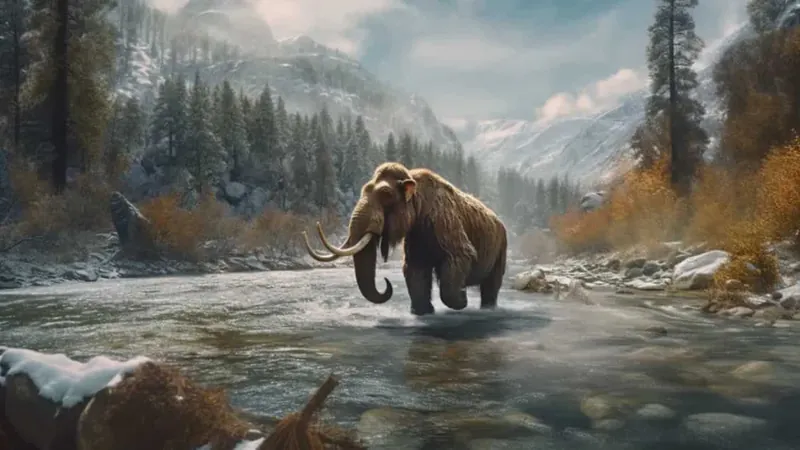
Can We Really Bring Back Woolly Mammoths? Chris Hemsworth's Backed Company Aims for 2028!
2024-10-04
Author: Jia
Introduction
In a groundbreaking venture, scientists are on the brink of resurrecting the woolly mammoth, an iconic creature that roamed the Earth thousands of years ago. Backed by high-profile celebrities like Chris Hemsworth and Paris Hilton, Colossal Biosciences, the so-called "world's first de-extinction company," believes that this remarkable feat could be achieved as early as 2028.
Funding and Ambitious Goals
Colossal is pioneering techniques to revive long-extinct species, including not just the woolly mammoth, but also the dodo bird and the Tasmanian tiger. CEO Ben Lamm shared his excitement about this revolutionary project, stating, "We have set a date of late 2028 for our first mammoth and we are on track for that currently." This declaration places the ambitions of Colossal firmly in the spotlight of the scientific community.
Reverse Jurassic Park
Lamm described the effort as a "reverse Jurassic Park," an intriguing twist on the narrative of bringing back extinct species. The company has already secured over $235 million in funding, thanks in part to investments from influential figures like PayPal co-founder Peter Thiel and motivational speaker Tony Robbins, alongside funding from the CIA, underscoring the venture's ambitious reach.
Timeline for Other Species
While the mammoth has a lengthy gestation period of 22 months, Lamm suggests that other species with shorter gestation periods, such as the dodo and the Tasmanian tiger, could resurface sooner. He projects that we may witness the rebirth of either the Tasmanian tiger—extinct since the early 1980s—or the dodo, which disappeared from our world in the 1600s, well before the mammoth comes back into existence.
What Will the Resurrected Mammoth Look Like?
In the company's ambitious plan, the woolly mammoth will not be an exact replica of its ancient ancestor. Instead, it will be engineered to be a cold-resistant version of the Asian elephant, possessing 99.5% of the mammoth's genes. As Lamm notes, “It will walk, look, and sound like a woolly mammoth.” This hybrid approach raises ecological questions: could the resurrected mammoth play a role in combating climate change? Colossal claims that the return of the mammoth might help reverse global warming and protect the permafrost in the Arctic.
Conclusion
As we stand on the cusp of an age where de-extinction could become a reality, the implications of these efforts stretch beyond science; they touch on ethics, environmental stewardship, and the very fabric of natural history. Can we really bring back the past, and what might that mean for the future of our planet? Only time will tell.


 Brasil (PT)
Brasil (PT)
 Canada (EN)
Canada (EN)
 Chile (ES)
Chile (ES)
 España (ES)
España (ES)
 France (FR)
France (FR)
 Hong Kong (EN)
Hong Kong (EN)
 Italia (IT)
Italia (IT)
 日本 (JA)
日本 (JA)
 Magyarország (HU)
Magyarország (HU)
 Norge (NO)
Norge (NO)
 Polska (PL)
Polska (PL)
 Schweiz (DE)
Schweiz (DE)
 Singapore (EN)
Singapore (EN)
 Sverige (SV)
Sverige (SV)
 Suomi (FI)
Suomi (FI)
 Türkiye (TR)
Türkiye (TR)